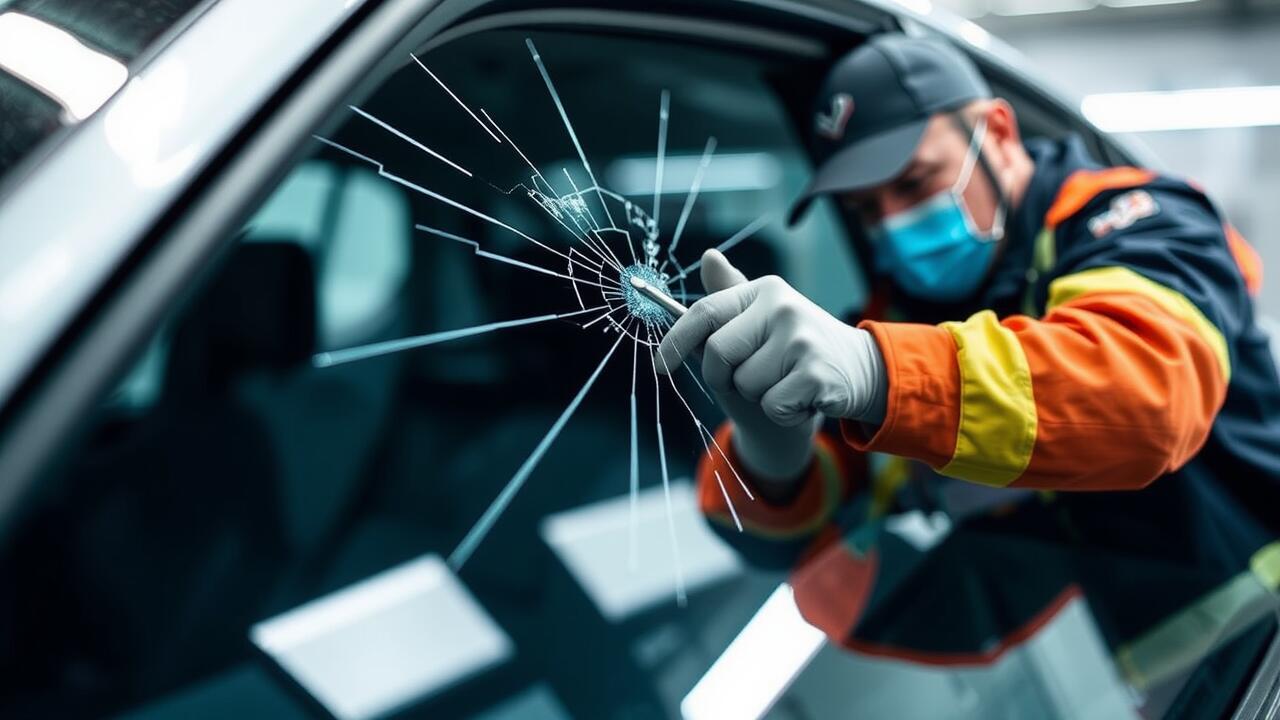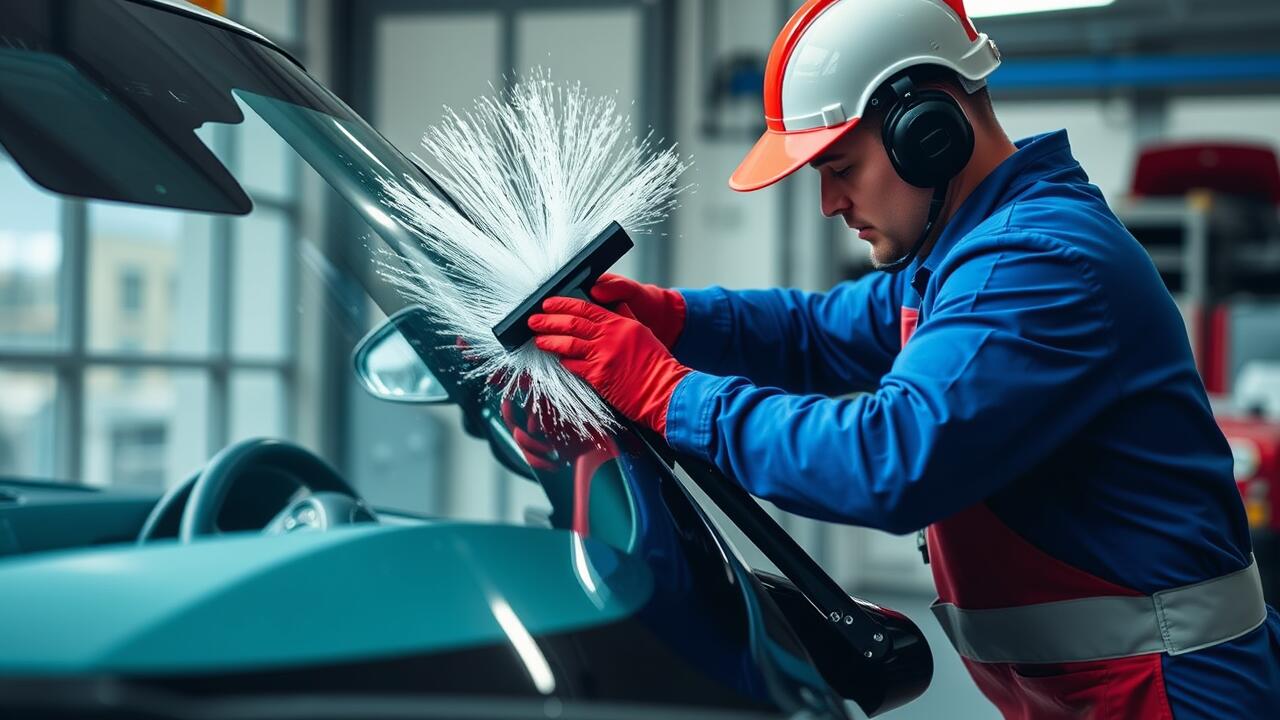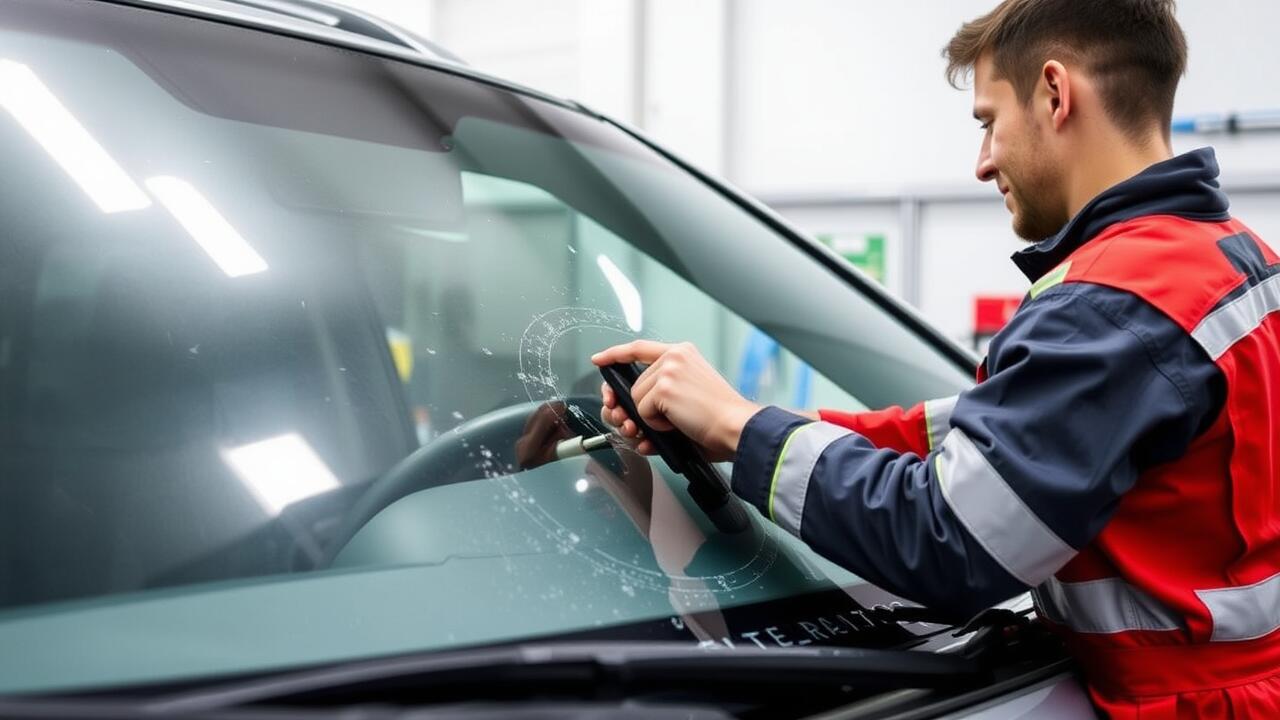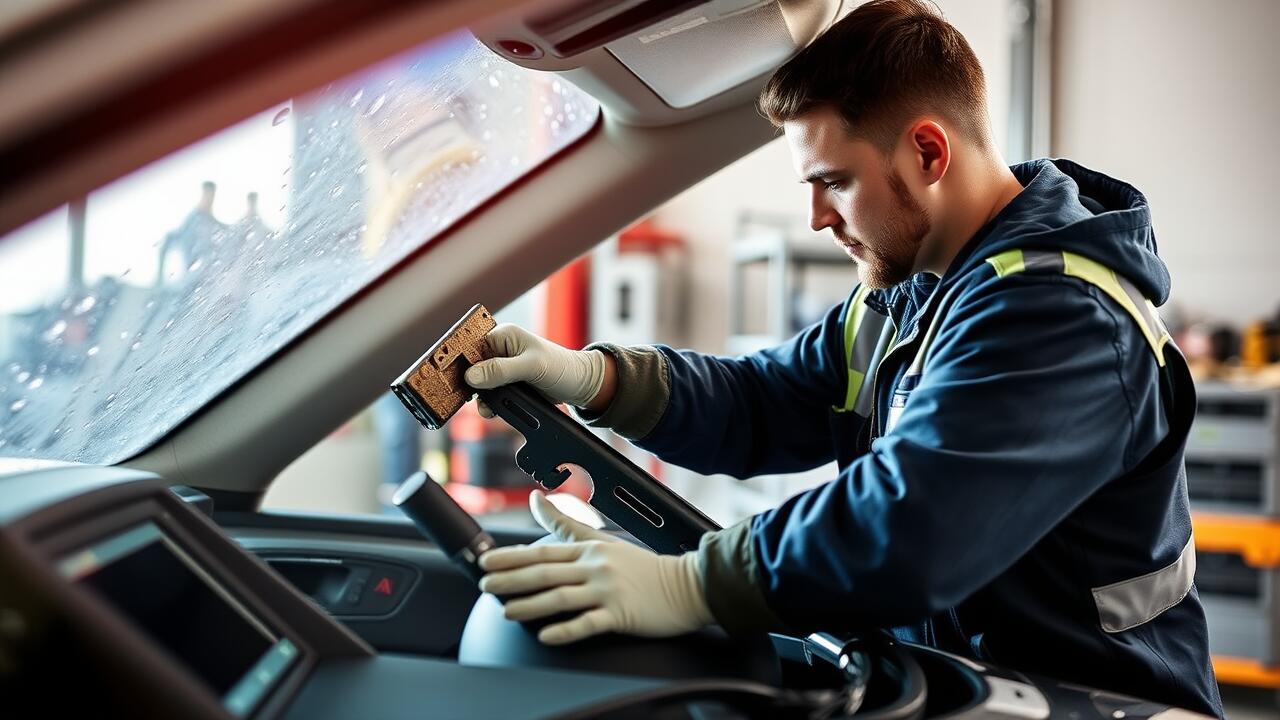
Table Of Contents
Timeframe for Chips to Develop into Cracks
Chips in windshields can vary significantly in how quickly they develop into cracks. Factors such as the size and location of the chip, temperature fluctuations, and driving conditions play a crucial role in this process. A small chip may remain stable for a while, while stress from temperature changes or vibrations can promote rapid progression into a larger crack. Generally, chips can begin to extend within days or even hours when subjected to adverse conditions.
Regular monitoring of any chips is important. Prompt windshield repair can often halt the advancement of a chip before it worsens. Failing to address even minor damage quickly may lead to more expensive repairs down the line. In many cases, professional repair services can restore minor chips effectively, preventing them from becoming significant cracks that compromise the safety and integrity of the windshield.
Average Duration Under Different Conditions
Chips in windshields can turn into cracks over varying durations depending on several factors. Temperature fluctuations play a significant role; rapid changes may cause stress in the glass, leading to faster crack development. Additionally, the size and location of the chip can influence this timeframe. A larger chip or one situated near the edge of the windshield is more likely to crack sooner than a smaller chip located in the center.
Environmental conditions also contribute to the timeline. Exposure to moisture, dirt, or debris can exacerbate a chip’s vulnerability, causing it to spread more quickly. Regular maintenance and timely windshield repair can help mitigate the risk of chips advancing into cracks. If a chip is left unattended, it can transition into a crack within days or weeks, depending on these influencing factors.
Preventive Measures to Avoid Cracks
Taking proactive steps can help prevent chips from turning into cracks. Regular inspections of your windshield are crucial. Look for tiny imperfections or chips and address them immediately. Keeping the windshield clean reduces the risk of damage from dirt and debris, which can exacerbate existing issues.
In addition to inspections, consider using a protective film or applying a sealant designed for windshield maintenance. This extra layer can offer a safeguard against minor impacts. Scheduling a professional Windshield Repair when chips are detected ensures that they are fixed before they have a chance to expand. Proper awareness and timely action can significantly extend the lifespan of your windshield.
Best Practices for Maintenance
Regular maintenance of your windshield helps in identifying potential chips before they can escalate into more serious cracks. Inspecting the glass for any signs of damage can allow for prompt windshield repair. Keeping the windshield clean from dirt and debris can also prevent small chips from developing further, as contaminants may weaken the integrity of the glass. Furthermore, parking in shaded areas or using sunshades can protect your windshield from extreme temperature fluctuations that could exacerbate existing chips.
Using high-quality windshield wipers and replacing them regularly ensures that the glass remains free from scratches caused by worn-out blades. Additionally, avoiding slamming the car doors can reduce vibrations that pressure the glass. For drivers who notice a chip, seeking professional windshield repair promptly rather than letting it linger can save both time and money in the long run. This proactive approach reduces the risk of damage spreading and maintains the safety of the vehicle.
Repair Options for Chips
When dealing with chips in a windshield, it is crucial to address the damage promptly. Windshield repair is often the most effective solution for minor chips that do not compromise overall structural integrity. This process typically involves injecting a special resin into the chip, which then hardens and restores the windshield's strength, preventing further damage and the possibility of cracks.
For more severe damage, permanent solutions might be necessary. In cases where the chip is large or located in a critical area, replacement of the entire windshield may be required. A professional assessment is essential to determine the best course of action. Timely intervention can save time and money, making it important to choose the right repair option.
Temporary vs. Permanent Solutions
Temporary solutions for chips in windshields often focus on stopping further damage while waiting for a more permanent fix. Many people use resin kits available at automotive stores for this purpose. These kits help fill the chip and create a barrier against moisture and debris, which can prevent the chip from expanding into a crack.
Permanent solutions typically involve professional windshield repair services. Offering advanced techniques, these experts can ensure the chip is adequately filled and sealed to restore structural integrity. While professionals may use a combination of high-quality resins and specialized tools, the lasting results greatly reduce the chances of future damage. Choosing professional windshield repair can be the best option for maintaining safety and visibility in your vehicle.
FAQS
How long does it typically take for a chip to turn into a crack?
The timeframe can vary widely depending on several factors, but in general, a chip may develop into a crack within a few days to several weeks if left untreated.
What factors influence how quickly a chip turns into a crack?
Factors include the material of the surface, the size and depth of the chip, environmental conditions (like temperature and humidity), and any stress or pressure applied to the area.
Are there specific conditions that can accelerate the process?
Yes, extreme temperature changes, exposure to moisture, and physical stress can significantly increase the likelihood of a chip developing into a crack more quickly.
What preventive measures can be taken to stop chips from turning into cracks?
Regular inspections, timely repairs, proper maintenance, and avoiding exposure to extreme conditions can help prevent chips from turning into cracks.
What are the best practices for maintaining surfaces to avoid chips and cracks?
Keeping surfaces clean, using protective coatings, avoiding heavy impacts, and promptly addressing any chips can all contribute to better maintenance and longevity of the material.

































